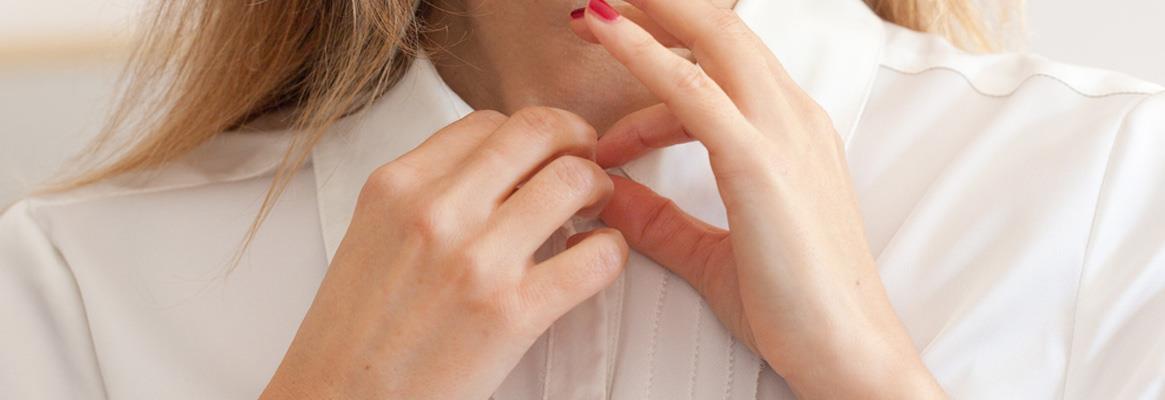Have you ever wondered whether the clothes we wear in our daily life influence our physical and mental state? Some days we feel fresh and energetic, while on other days we feel lazy and gloomy, isn’t it? Actually, the clothes we wear can have an impact on our mental well-being and our health also. When we get dressed in the morning, the clothes and colours we choose reflect our mood in both positive and negative aspects. At the same time, the dress reflects our cognitive abilities for the upcoming day. In the psychological realm, the clothes which influence our physical, as well as mental state, are called enclothed cognition.
Psychologists Adam Galinsky and Hajo Adam from Northwestern University coined the term ‘enclothed cognition’ which basically describes the symbolic meaning of the clothes and the psychological processes that occur on wearing them. They have done two experiments based on wearing and seeing a specific category of clothes. The first one was an experiment with a lab coat on wearing. The found that when individuals wear a lab coat, they have more attentiveness and carefulness, and their performance improves as well. The findings of the study conclude that clothing has a symbolic meaning for a person. So, we should understand what we wear, as it has an influence on our performance.
The second experiment was by seeing a person wearing a white doctor’s coat. In the next minute, people symbolise them as intelligent. To a few people, wearing high heels give confidence, while funky colours give a casual and easy-going feel. Similarly, when we wear a well-stitched blazer for an interview, we feel confident of cracking it. In the same way, athletic wear makes us exercise more and involved in more sports. Whereas bright coloured clothes improve the mood, formal wear makes us feel more powerful and authoritative. This explains that there is something special about the physical experience about the clothes we wear. The clothes we wear and see influences our psychological process, and this reflects on our performance and quality of life. The clothes also reflect how we think and what we think.
How do we imbibe enclothed cognition in our day-to-day life?
In the daily monotonous life, when we think about what to dress up for the day, we can incorporate the findings of enclothed cognition. This clothing can be for daily work, for a special day or an interview, or when you just want to take some rest doing nothing. Before dressing up for the day, just take a few minutes to think about the occasion, what is your mood, and how you are going to express those feelings in the way you dress up. The feelings may be friendly, sportive, lovely, confident, and so on. Then you can dress up the way you want, and definitely, this enclothed cognition will change your overall behaviour.
Positivity and productivity
The way you dress enhances your inner positivity. Dressing up in brighter colours will improve your mood. Inner actions and self-talk can improvise positivity. By the way we dress, we can control our emotions and improve our quality of life. The dress reflects our personality and increases the productivity of the work to be done in a day.
Self-awareness and self-reflecting
Enclothed cognition helps to explain our identities and to find our direction when we feel low or anxious or stressed. A flower print dress or comfortable wear can enhance the mood and uplift the energies. We can create self-awareness and be clearer on our thoughts. Self-reflecting is the decision we take before dressing up to match our attitude with the attire we are planning to wear.
Sense of control on emotions
Dr. Dawnn Karen, the world’s first fashion psychologist according to The Times, suggested the terms ‘mood enhancement’, ‘mood illustration’ and ‘repetitive wardrobe complex’, to explain the behaviour of an individual based on the way they dress. Mood enhancement dress is dressing to optimise the current mood. Mood illustration dress is dressing to perpetuate your mood. Repetitive wardrobe complex is wearing the same outfit daily and repeating the aesthetic to increase the productivity in day-to-day life.
Now, there is a need to empower the consumers with appropriate awareness on how to dress up in order to feel how they feel, and how they wish to be presented. By choosing appropriate clothes a person can reduce anxiety, uplift depression, slow anger, and achieve more focus on work and remain calm. Basically, it will be a win-win situation and a new beginning for fashion and well-being.








Comments